The Heat Flow Meter (HFM-25) for testing thermal resistance and thermal conductivity of insulation and construction materials. Offering the testing power of a full-size heat flow meter, optimized for small insulation samples and budget. The HFM-25 is controlled by the included HFM Software, offering automation of calibration, testing and results summary functions.
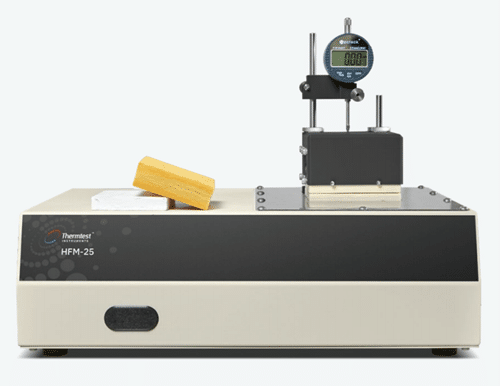
Picture 1. Thermtest 25 Series Heat Flow Meter.
Following international standards, the HFM-25 is designed for testing both homogenous and heterogenous materials from 0.01 to 0.5 W/m·K and complies with ASTM C518. The HFM-25 allows for smaller sample sizes which are representative of materials typically found in insulation and construction industries. With an accuracy of 5% and reproducibility of 2%, the Thermtest 25 Series Heat Flow Meter is an excellent instrument for measuring the thermal conductivity of a variety of samples.
For small samples (min 50 x 50 mm), samples can easily be arranged for simple testing.
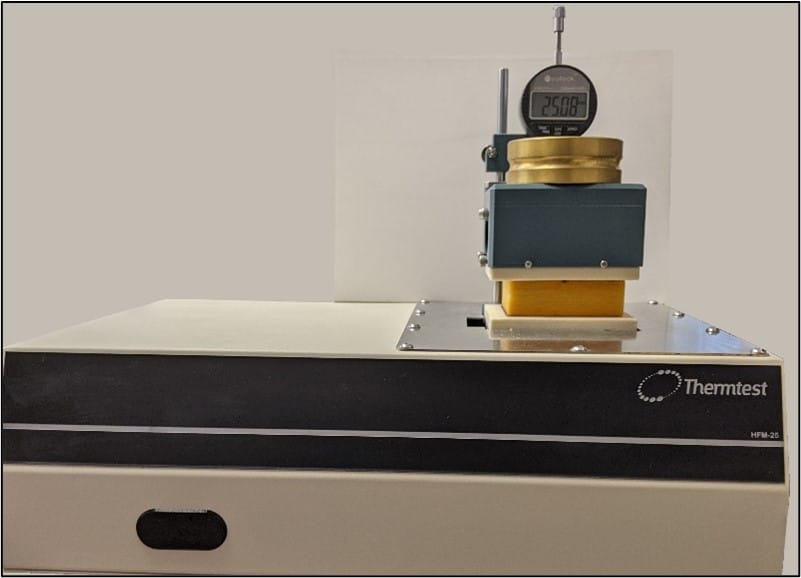
Picture 2. 50 x 50 mm piece of NIST 1450D
For larger samples (no maximum), samples can conveniently be measured at a specific location.
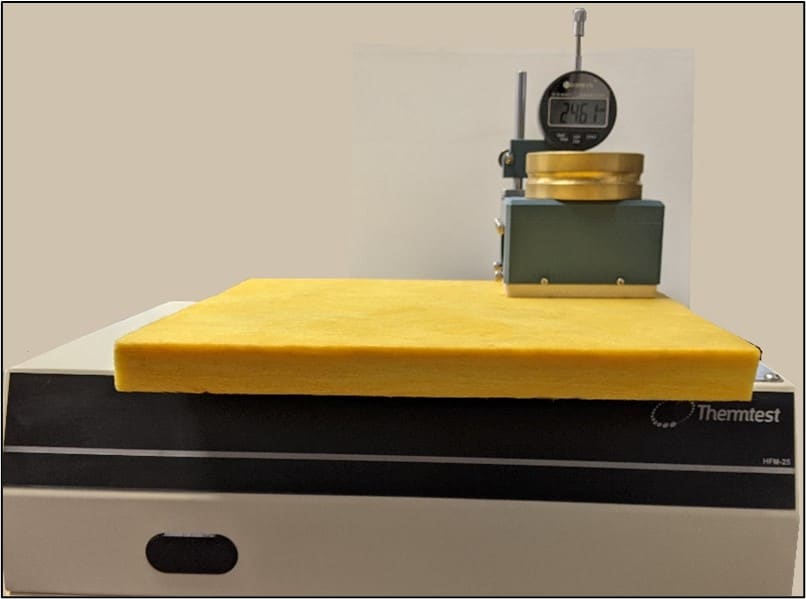
Picture 3. 300 x 300 mm piece of NIST 1450D
Aerogel is a lightweight solid derived from gel in which the liquid component has been replaced with air. This process creates a solid material with two interesting properties: an extremely low density and extremely low thermal conductivity.
In this experiment, the thermal conductivity of Airloy® X103 tiles from Aerogel Technologies, LLC was measured with the heat flow meter (HFM-25), transient plane source (TPS 2500 S & Flex TPS) and modified transient plane source (TCi). Steady state versus transient method results were then compared.
For these measurements, the temperature of the upper plate was 32.5°C and the lower plate was 17.5°C, obtaining an optimal temperature delta of 15 degrees. Once steady-state was reached, the instrument is set to begin taking conductivity measurements. The Heat Flow Meter is a comparative method, and the sample must be measured against a similar calibration material. Steady-state results achieved in 25 min.
Three measurements were taken, and the average is recorded in Table 1.
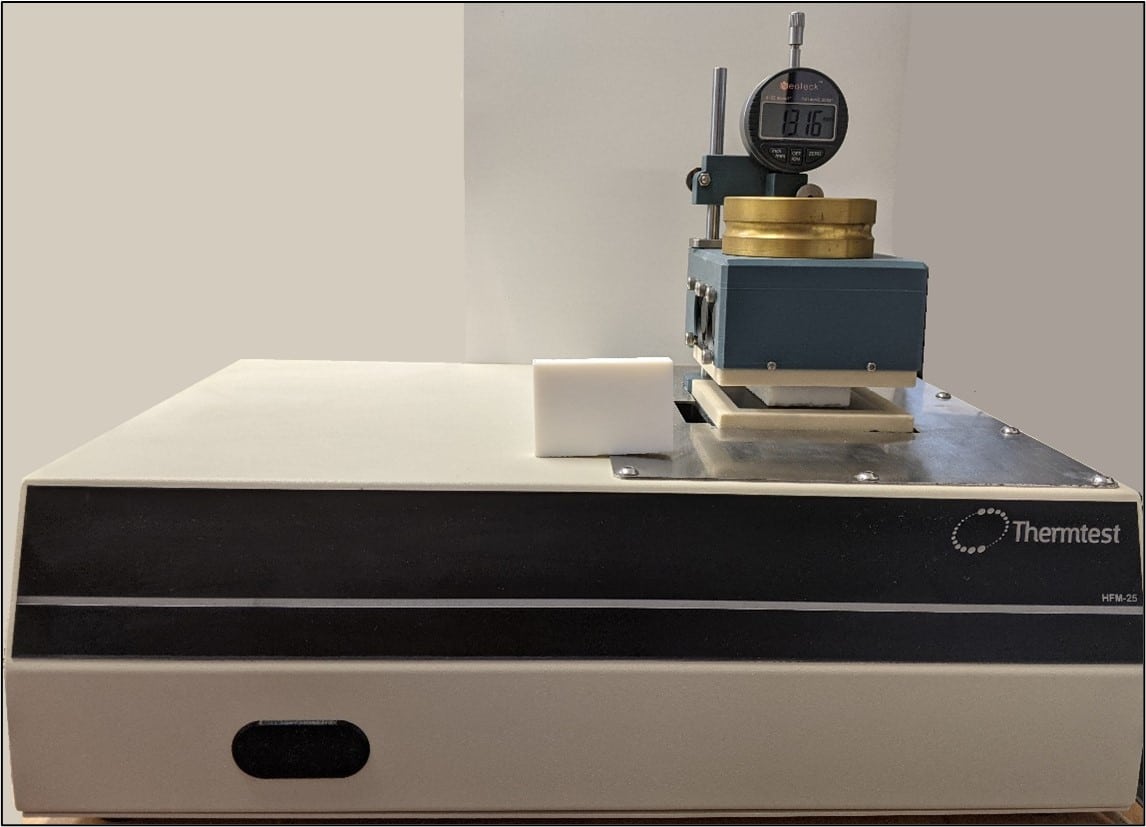
Picture 4. Airloy® x103 sample outside and in between plates of the HFM-25. Sample size of 62.51 mm x 42.88 mm, 13.16 mm thick
The transient plane source technique typically employs two sample halves, in-between which the sensor is sandwiched. During the measurement a constant electrical effect passes through the conducting spiral, increasing the sensor temperature. Test time used was 40 seconds.
The transient plane source methods are absolute techniques, so they do not require a calibration material.
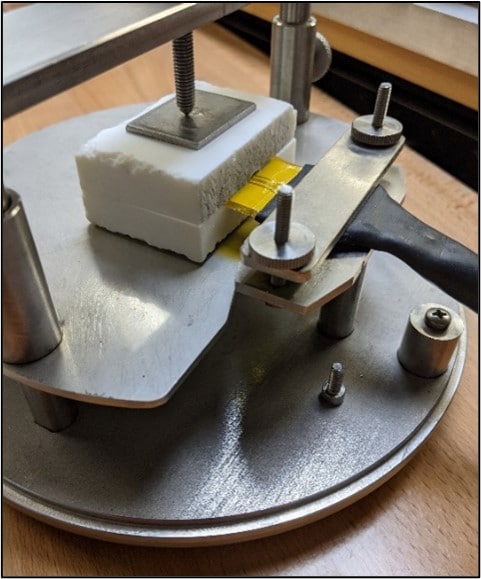
Picture 5. Set up of Airloy® x103 sample on the TPS 2500 S.
Test time used was 80 seconds.
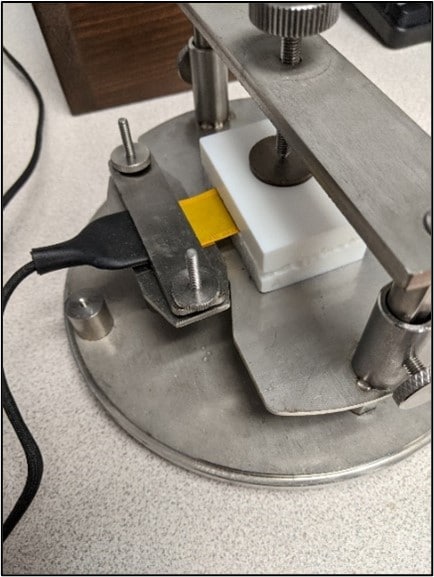
Picture 6. Set up of Airloy® x103 sample on the Flex TPS
The Modified Transient Plane Source method employs a single-sided sensor, on top of which the sample is placed. The TCi is factory calibrated. Test time used was 3 seconds.
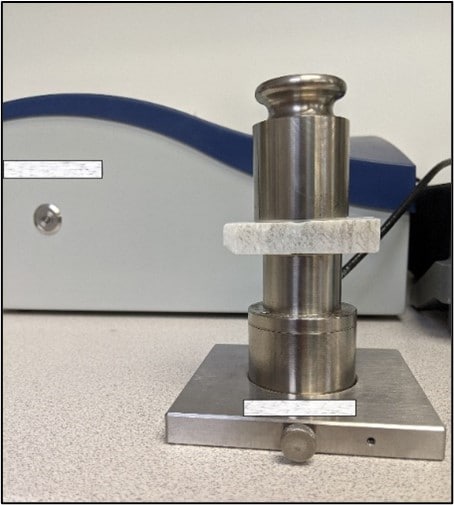
Picture 7. Airloy® x103 sample in the Modified Transient Plane Source (TCi)
Table 1: Comparison of the average thermal conductivity of Airloy® x103 sample measured.
| Instrument | Measured Thermal Conductivity (W/m·K) |
Relative Standard Deviation (%) |
|---|---|---|
| HFM-25 | 0.0234 (n = 3) |
0.75 |
| TPS-2500 S | 0.0390 (n = 3) |
0.00 |
| TPS Flex | 0.0381 (n = 3) |
1.03 |
| TCi | 0.0440 (n = 3) |
0.40 |
Accepted value for this sample is 0.023 W/mK, as per http://www.buyaerogel.com/product/airloy-x103-large-panels/.
Transient Notes. Due to the low thermal conductivity nature of the sample, transient methods can have heat leakage through the conductive electrical insulation. This results in an over-estimation of measured thermal conductivity.
Reference Paper: Trofimov, A. A.; Atchley, J.; Shrestha, S. S.; Desjarlais, A. O.; Wang, H. Evaluation of Measuring Thermal Conductivity of Isotropic and Anisotropic Thermally Insulating Materials by Transient Plane Source (Hot Disk) Technique. J Porous Mater 2020, 27 (6), 1791–1800. https://doi.org/10.1007/s10934-020-00956-3.